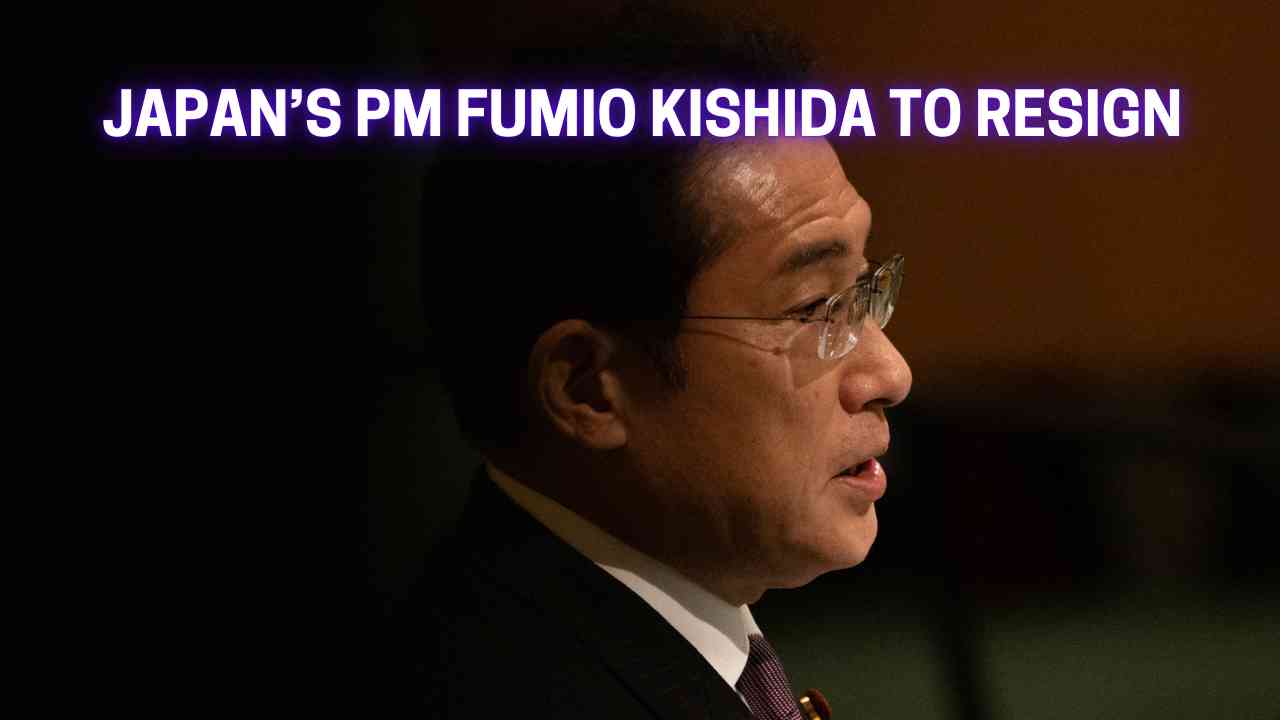In a surprising turn of events, Japanese Prime Minister Fumio Kishida announced his intention to step down next month, marking the end of his nearly three-year tenure as the leader of Japan, the world’s fourth-largest economy. This decision has triggered a wave of speculation and competition among potential successors, as the ruling Liberal Democratic Party (LDP) prepares for a leadership race that will shape Japan’s political future.
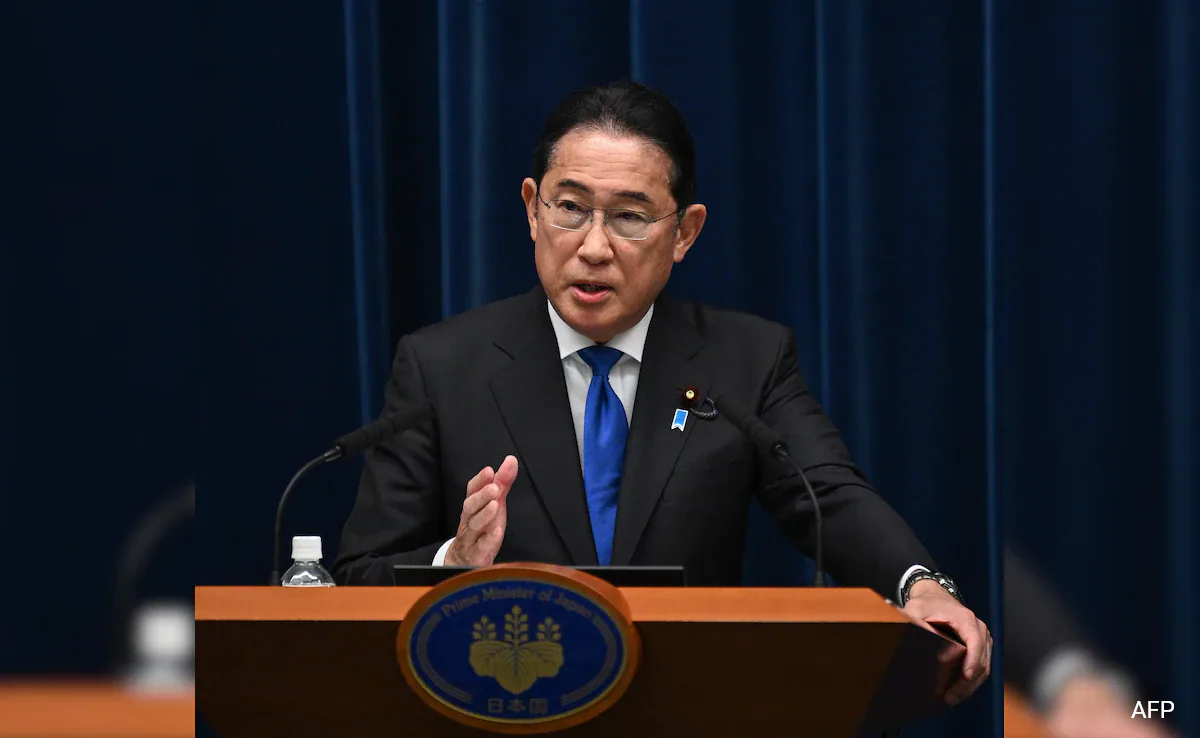
Why Did Kishida Decide to Step Down?
Fumio Kishida’s decision to step down as Prime Minister comes after a period of intense pressure, both from within his party and from the broader public. Several key factors contributed to his decision:
-
Plummeting Approval Ratings: Kishida’s popularity had been steadily declining, with recent opinion polls showing his approval rating dropping to a mere 25%. This is a significant fall from the 54% approval he enjoyed when he first took office in October 2021.
-
Political Scandals: Kishida’s administration was marred by a series of political finance scandals. The most damaging involved allegations of unrecorded kickbacks within the LDP, which severely undermined public trust. Kishida himself acknowledged the impact of these scandals, stating that they had "eroded trust and weighed heavily on [his] decision."
-
Economic Challenges: Japan’s economy has been struggling with rising inflation and a weakening yen, issues that have caused significant public dissatisfaction. Despite efforts by the government and the central bank to stabilize the situation, many households have felt the pinch as price increases outpaced wage growth. These economic troubles further contributed to the decline in Kishida’s popularity.
-
Internal Party Pressure: Within the LDP, there was growing discontent with Kishida’s leadership. Many party members believed that a change in leadership was necessary to rejuvenate the party and improve its standing with the electorate. This internal pressure, combined with the external challenges, led to Kishida’s decision not to seek re-election as the party’s leader.
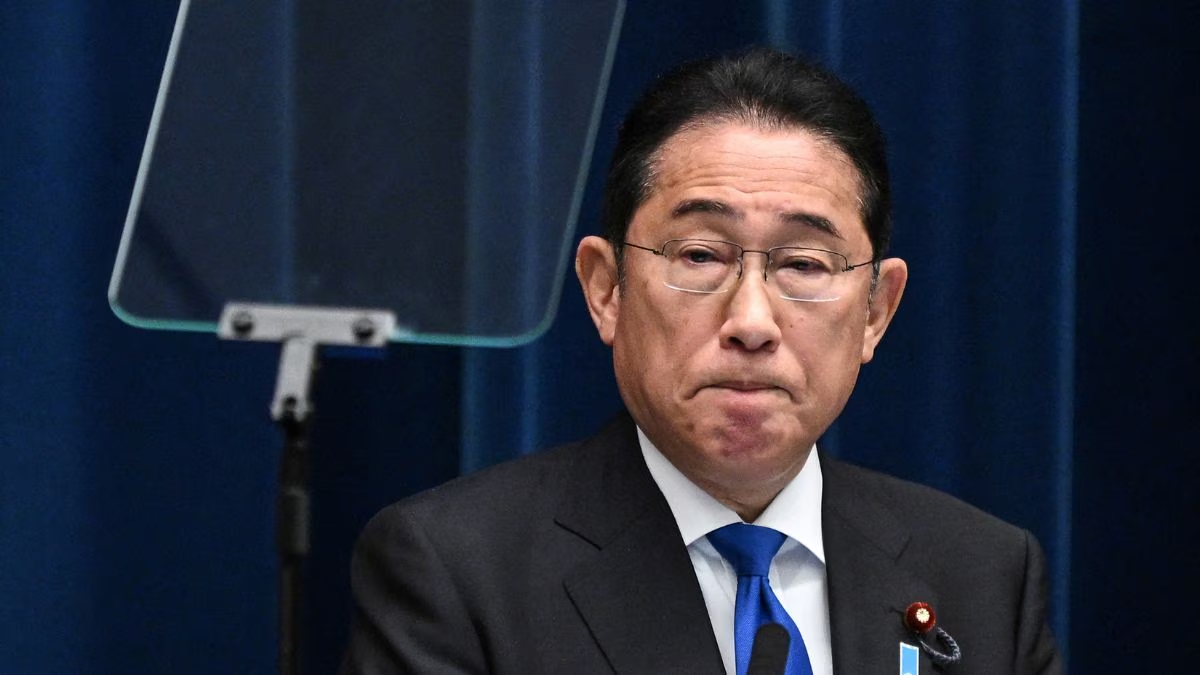
Potential Successors: Who Might Replace Kishida?
With Kishida stepping down, attention has now turned to who might succeed him as the leader of the LDP and, by extension, as Japan’s next Prime Minister. Several prominent figures within the party are considered frontrunners:
-
Shigeru Ishiba: A former Defence Minister, Ishiba is known for his expertise in defense and his long-standing rivalry with former Prime Minister Shinzo Abe. Ishiba has been a vocal critic of the current political climate, calling for greater transparency and accountability in political fundraising. His stance has resonated with many, particularly in light of the recent scandals.
-
Taro Kono: Currently serving as the Digital Transformation Minister, Kono is a former Foreign and Defense Minister with a reputation as a reformist. He narrowly lost to Kishida in the 2021 LDP presidential election and has remained a prominent figure in Japanese politics. Kono is popular outside Japan’s political center, Nagatacho, and has pledged to use digital technology to enhance transparency in political finance.
-
Toshimitsu Motegi: As the LDP Secretary-General, Motegi is a veteran politician with extensive experience in foreign and trade policy. Although he has been a key supporter of Kishida, Motegi is rumored to have ambitions of his own. He has played a crucial role in resolving disputes within the LDP, keeping him in the political spotlight.
-
Sanae Takaichi: The current Economic Security Minister, Takaichi is a staunch conservative and close ally of Shinzo Abe. Despite being eliminated in the first round of the 2021 LDP leadership election, Takaichi has maintained a dedicated following due to her hawkish views on foreign policy and economic security.
-
Yoko Kamikawa: The current Foreign Minister, Kamikawa has held various high-profile roles, including Justice Minister. Although she has been a key player in Japan’s diplomatic efforts, her relatively low standing in public opinion polls suggests that her candidacy may be a long shot.
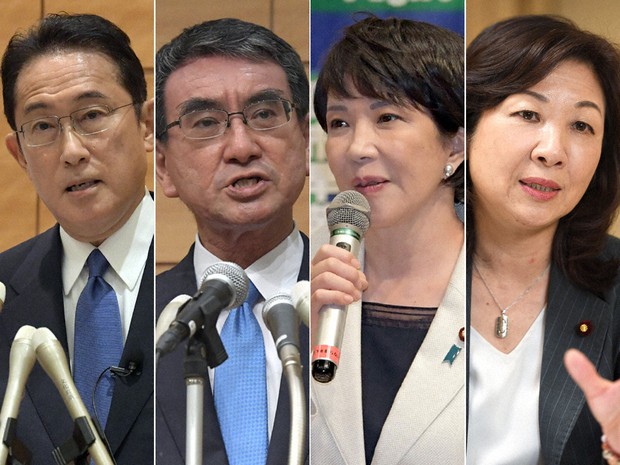
Implications for Japan’s Political Future
Kishida’s departure introduces a level of uncertainty into Japan’s political landscape at a time when the country is facing significant challenges both domestically and internationally. The new leader of the LDP, who will likely become Japan’s next Prime Minister, will have to navigate a complex environment marked by:
-
Economic Instability: The incoming leader will inherit an economy struggling with inflation and a weakening yen. Addressing these economic issues will be crucial in restoring public confidence.
-
Geopolitical Tensions: Japan is also facing mounting regional security threats, particularly from North Korea and China. The new Prime Minister will need to manage these tensions while maintaining Japan’s alliances, particularly with the United States.
-
Internal Party Reforms: The LDP itself may require significant reforms to regain public trust. The recent scandals have highlighted the need for greater transparency and accountability within the party.
-
Potential for Early Elections: While no general election is required until 2025, the new LDP leader may choose to call an early election to secure a stronger mandate. However, the LDP’s dominance in the Diet, coupled with its coalition with Komeito, suggests that the party’s control of the government is likely to continue.
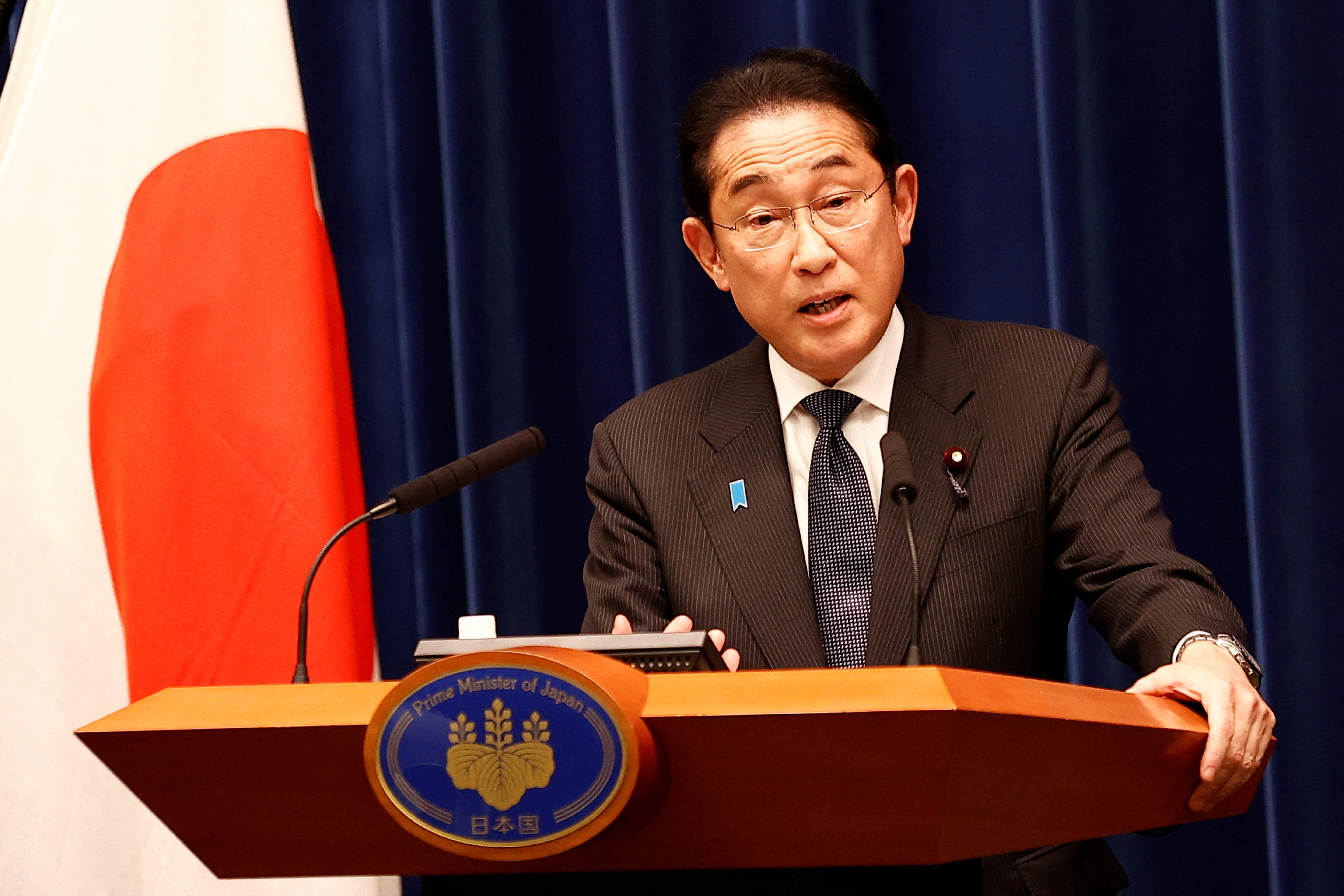
The Process of Electing the Next LDP Leader
The process of selecting the next LDP leader, and consequently Japan’s next Prime Minister, involves several steps:
-
Leadership Race: The LDP holds a leadership race every three years, with the next one scheduled for September. Candidates need 20 signatures from LDP parliamentarians to run for leadership.
-
Voting Mechanism: Each LDP member of parliament will get a vote, with a similar number of votes apportioned among rank-and-file party members. The votes cast by party members will be tallied using the D’Hondt method, a proportional representation system.
-
Run-off Vote: If no candidate wins a majority of the votes in the first round, a run-off vote will be held between the top two candidates.
-
Formation of New Administration: Once the new LDP leader is elected, parliament will be called into session to elect the next Prime Minister. Given the LDP’s majority in both houses, the LDP leader is likely to be elected as Prime Minister. The new premier is expected to form a new cabinet and reshuffle LDP party executives in early October.
Fumio Kishida’s decision to step down as Prime Minister marks a significant turning point in Japanese politics. As the LDP prepares to elect a new leader, the stakes are high, with Japan facing numerous domestic and international challenges. The outcome of this leadership race will not only determine the country’s next Prime Minister but will also shape Japan’s political and economic future in the years to come.
With inputs from agencies
Image Source: Multiple agencies
© Copyright 2024. All Rights Reserved Powered by Vygr Media.

